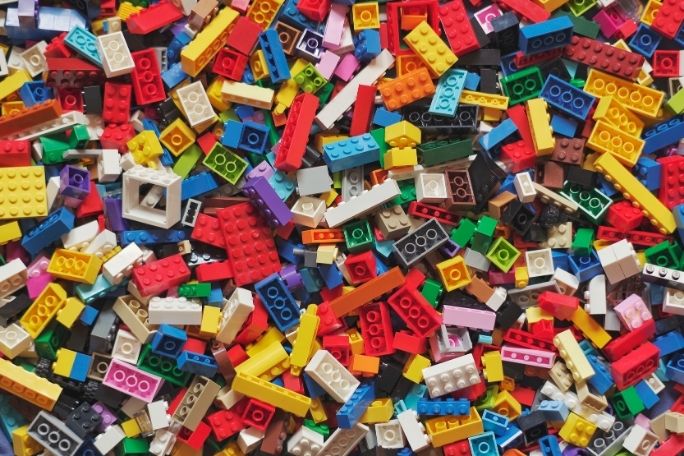Lesson Summary
This activity is designed to encourage children to think about consumption and provides opportunities to consider options to buying things new. Swapping or trading things they no longer want or need in order to get something ’new’. Younger children will be supported to understand the concept of swapping and older children will have the opportunity to host and participate in a ‘swap party’.
Activity Intention:
- This activity is designed to help connect children to the wonders of the natural world through sensory and play-based learning.
Lesson guides and printables
Lesson details
Curriculum Mapping
EYLF Learning Outcomes:
Learning Outcome 1: Children have a strong sense of identity
1.2 Children develop their emerging autonomy, inter,dependence, resilience and sense of agency
2.3 Children become aware of fairness
3.1 Children become strong in their social and emotional wellbeing
Learning Outcome 4: Children are confident and involved learners
4.2 Children develop a range of skills and processes such as problem solving, inquiry, experimentation, hypothesising, researching and investigating
Learning Outcome 5: Children are effective communicators
5.5 Children use information and communication technologies to access information, investigate ideas and represent their thinking
Additional Info
This is an original Cool.org lesson. Facts and figures in these lessons may have changed since this lesson was published. We always endeavour to update our resources in a timely manner, but if you see an error or issue in our resources please get in touch with us.


Welcome back!
Don't have an account yet?
Log in with:
By signing up to Cool.org you consent and agree to Cool's privacy policy to
store, manage and process your personal information. To read more, please see
our privacy policy here(Opens in new tab).
Create your free Cool.org account.
Many of our resources are free, with an option to upgrade to Cool+ for premium content.
Already have an account?
Sign up with:
By signing up to Cool.org you consent and agree to Cool's privacy policy to
store, manage and process your personal information. To read more, please see
our privacy policy here(Opens in new tab).